Home>Furniture & Design>Bathroom Accessories>How To Use A Toilet Brush To Unclog A Toilet
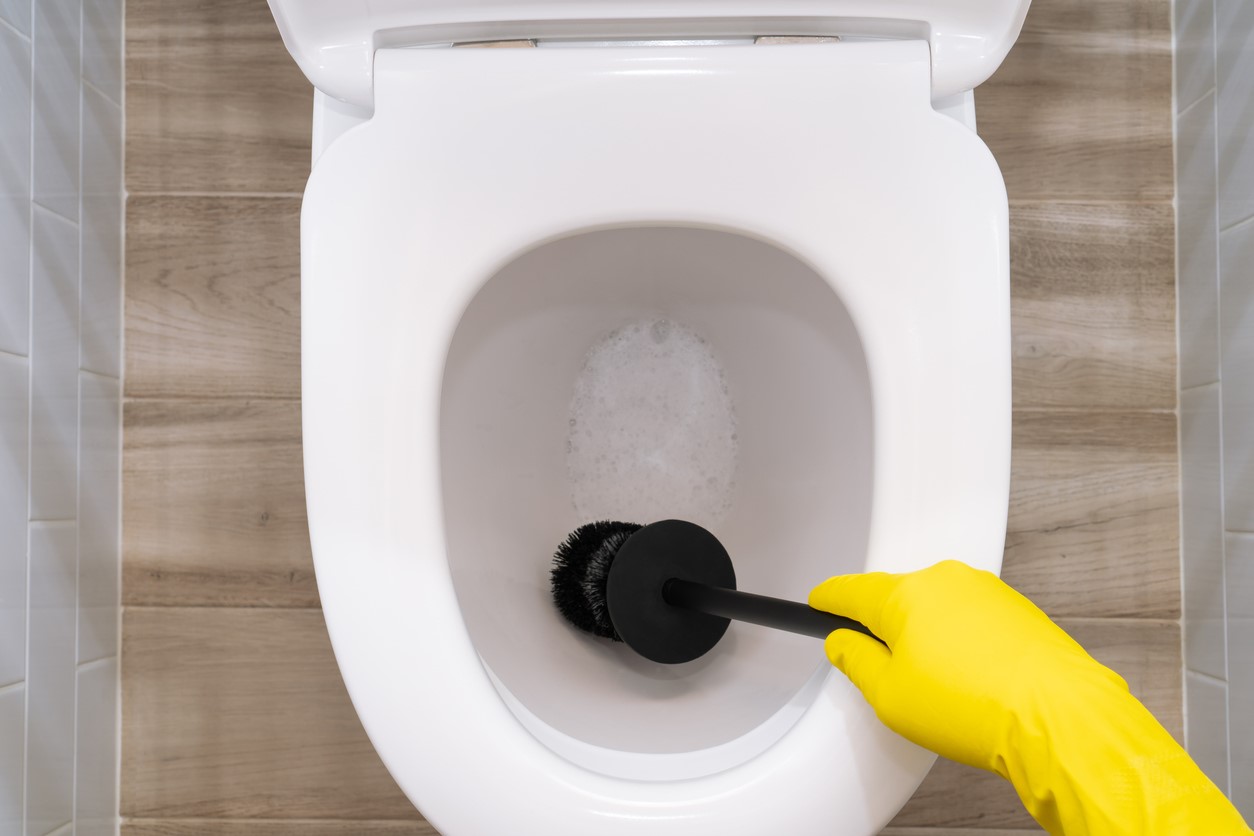

Bathroom Accessories
How To Use A Toilet Brush To Unclog A Toilet
Modified: March 2, 2024
Learn how to effectively use a toilet brush to unclog a toilet and keep your bathroom accessories in top condition. Follow these simple steps for a quick fix!
(Many of the links in this article redirect to a specific reviewed product. Your purchase of these products through affiliate links helps to generate commission for Storables.com, at no extra cost. Learn more)
Introduction
Dealing with a clogged toilet can be a frustrating and unpleasant experience. However, with the right tools and techniques, you can effectively address this common household issue. One such tool that can be surprisingly effective in unclogging a toilet is the humble toilet brush. While its primary purpose is to clean the toilet bowl, a toilet brush can also serve as a makeshift plunger in a pinch.
In this comprehensive guide, we will walk you through the step-by-step process of using a toilet brush to unclog a toilet. Whether you find yourself in a situation where a traditional plunger is unavailable or you simply want to explore alternative methods, mastering this technique can be incredibly useful.
By following the instructions outlined in this guide, you can gain the confidence and know-how to tackle toilet clogs with ease. With a few simple steps and a bit of elbow grease, you can potentially save yourself the hassle and expense of calling a plumber or using harsh chemical drain cleaners.
Now, let's delve into the practical steps of preparing and utilizing a toilet brush to effectively address a clogged toilet. Whether you're a homeowner, a renter, or simply someone looking to expand their DIY skills, this guide will equip you with the knowledge to handle this common household inconvenience with confidence.
Key Takeaways:
- Don’t underestimate the power of a clean toilet brush! It can be used as a makeshift plunger to unclog a toilet. Just follow the steps to prepare, insert, agitate, and flush for a DIY fix.
- After unclogging, don’t forget to clean and sanitize the toilet brush. This ensures it’s ready for future use and maintains a hygienic environment.
Read more: How To Use A Toilet Brush
Step 1: Prepare the Toilet Brush
Before attempting to use a toilet brush to unclog a toilet, it's crucial to ensure that the brush is clean and free of any debris or residue. Follow these steps to prepare the toilet brush for this purpose:
-
Select a Suitable Toilet Brush: Choose a toilet brush with sturdy bristles and a durable handle. The bristles should be in good condition and free from excessive wear and tear. A high-quality toilet brush will provide better leverage and effectiveness when used to break up a clog.
-
Inspect the Toilet Brush: Before using the toilet brush, carefully inspect it for any signs of damage or deterioration. Ensure that the bristles are firmly attached to the brush head and that the handle is secure. If the brush shows signs of wear or damage, it's advisable to use a different brush to avoid any potential issues during the unclogging process.
-
Clean the Toilet Brush: Thoroughly clean the toilet brush by rinsing it under hot water and using a mild detergent or disinfectant. Pay close attention to the bristles and the brush head, ensuring that any accumulated grime or residue is removed. This step is essential to prevent the transfer of dirt or bacteria into the toilet bowl during the unclogging process.
-
Sanitize the Toilet Brush: After cleaning, consider sanitizing the toilet brush by soaking it in a solution of water and bleach or a commercial disinfectant. This extra step can help eliminate any lingering germs or bacteria, ensuring that the brush is hygienic and safe to use in the toilet.
By taking the time to properly prepare the toilet brush, you can set the stage for a successful unclogging process. A clean and well-maintained toilet brush will not only be more effective in breaking up the clog but also minimize the risk of introducing contaminants into the toilet bowl. With the brush ready for use, you can proceed to the next steps in addressing the clog and restoring the proper function of the toilet.
Step 2: Insert the Toilet Brush into the Toilet
Once the toilet brush is prepared for use, the next step involves inserting it into the toilet to begin addressing the clog. It's important to approach this step with caution and precision to avoid causing any damage to the toilet or the plumbing system. Here's a detailed guide on how to effectively insert the toilet brush into the toilet:
-
Position the Toilet Brush: Stand in front of the toilet and carefully position the toilet brush near the opening of the toilet bowl. Hold the handle of the brush firmly, ensuring that you have a secure grip before proceeding.
-
Insert the Brush into the Toilet: Gently insert the toilet brush into the toilet bowl, aiming for the center of the clog. Use slow and deliberate movements to avoid splashing or creating a mess. It's important to maintain a steady hand and avoid applying excessive force, as this could lead to further complications.
-
Reach the Clog: As you insert the brush, aim to reach the location of the clog within the toilet drain. The bristles of the brush should come into contact with the obstruction, allowing you to begin the process of breaking it up. Take care to avoid pushing the clog further down the drain, as this could exacerbate the situation.
-
Apply Gentle Pressure: Once the brush is positioned near the clog, apply gentle pressure to the handle, using a back-and-forth motion to agitate and dislodge the obstruction. It's important to exercise patience and avoid using excessive force, as this could potentially damage the toilet or the plumbing.
-
Observe Progress: As you work the brush within the toilet bowl, pay attention to any signs of progress. You may notice the water level in the bowl starting to recede, indicating that the clog is beginning to break up. Continue the gentle agitation process, periodically assessing the effectiveness of the method.
By following these detailed steps, you can effectively insert the toilet brush into the toilet and begin the process of addressing the clog. With a cautious and methodical approach, you can maximize the effectiveness of this technique and potentially resolve the issue without the need for professional intervention.
Step 3: Use the Toilet Brush to Break Up the Clog
With the toilet brush inserted into the toilet bowl and positioned near the clog, the next crucial step is to utilize the brush to break up the obstruction. This process requires a careful and methodical approach to effectively dislodge the clog without causing any damage to the toilet or the plumbing system. Here's a detailed guide on how to use the toilet brush to break up the clog:
-
Agitate the Clog: Using the toilet brush, gently agitate the clog by making back-and-forth movements. The bristles of the brush can help to dislodge the obstruction, allowing water to flow through the drain and gradually clear the blockage. It's important to maintain a steady and controlled motion, avoiding any sudden or forceful actions that could lead to unintended consequences.
-
Apply Gradual Pressure: As you work the brush within the toilet bowl, apply gradual pressure to the handle while continuing the back-and-forth motion. This controlled pressure can help to break up the clog without causing damage to the toilet or the plumbing. It's essential to exercise patience and avoid rushing the process, as effective unclogging may require persistent effort.
-
Assess the Progress: While using the toilet brush to agitate the clog, periodically assess the progress by observing the water level in the toilet bowl. If the clog is beginning to break up, you may notice the water level receding, indicating that the obstruction is gradually clearing. This visual feedback can guide your efforts and help determine the effectiveness of the unclogging method.
-
Repeat the Process if Necessary: In some cases, stubborn clogs may require repeated attempts to fully break up the obstruction. If initial efforts do not yield the desired results, continue using the toilet brush to agitate the clog, making sure to maintain a gentle and controlled approach. Persistence and diligence can often lead to success in addressing challenging toilet clogs.
By following these detailed steps, you can effectively use the toilet brush to break up the clog and restore proper drainage in the toilet. This method, when executed with care and patience, can serve as a practical alternative to using a traditional plunger and may help resolve minor toilet clogs without the need for professional assistance. With the clog successfully addressed, you can proceed to the next steps in the unclogging process, ultimately restoring the functionality of the toilet.
To unclog a toilet using a toilet brush, first, push the brush into the clog and move it up and down to break it up. Then, flush the toilet to see if the clog is cleared. If not, repeat the process until the clog is removed.
Step 4: Flush the Toilet
After using the toilet brush to break up the clog and restore proper drainage in the toilet, the next crucial step is to flush the toilet. Flushing the toilet serves as a vital test to determine the effectiveness of the unclogging process and ensure that the water flows freely through the drain without any remaining obstructions. Here's a detailed guide on how to flush the toilet after addressing a clog:
-
Prepare for Flushing: Before proceeding with the flush, ensure that the toilet brush has been removed from the toilet bowl and set aside. It's important to clear the area around the toilet to prevent any potential splashing or mess during the flushing process.
-
Lift the Toilet Lid: Carefully lift the toilet lid to access the flushing mechanism. Take a moment to visually inspect the interior of the toilet bowl, checking for any remaining debris or signs of the previous clog. This visual assessment can provide valuable feedback on the success of the unclogging efforts.
-
Flush the Toilet: With the toilet lid lifted, proceed to flush the toilet by activating the flushing handle or button. Observe the water flow and listen for any unusual sounds that may indicate lingering obstructions. A successful flush will result in a steady and consistent flow of water, with no signs of backup or blockage.
-
Assess the Drainage: As the toilet flushes, pay close attention to the drainage process. Ensure that the water flows smoothly and steadily through the drain, indicating that the clog has been effectively addressed. If the water level in the bowl recedes and refills without any issues, it's a positive indication that the unclogging process has been successful.
-
Repeat if Necessary: In some cases, particularly stubborn clogs may require multiple flushes to fully clear the drain and confirm the resolution of the issue. If the initial flush does not result in proper drainage, consider repeating the process to further dislodge any remaining obstructions.
By following these detailed steps, you can effectively flush the toilet after addressing a clog, confirming the success of the unclogging process. A successful flush serves as a reassuring sign that the toilet is once again fully functional, allowing you to resume regular use without concerns about lingering clogs or drainage issues. With the toilet successfully flushed and the clog resolved, you can proceed with confidence, knowing that the issue has been effectively addressed using the toilet brush as a practical unclogging tool.
Read more: How To Use A Norwex Toilet Brush
Step 5: Clean the Toilet Brush
After successfully using the toilet brush to unclog the toilet, it's essential to thoroughly clean and sanitize the brush to maintain hygiene and ensure its readiness for future use. Cleaning the toilet brush is a crucial step in the unclogging process, as it helps prevent the spread of germs and bacteria while preserving the effectiveness of the tool. Here's a detailed guide on how to clean the toilet brush after unclogging a toilet:
-
Remove the Toilet Brush: Carefully lift the toilet brush from the toilet bowl, taking care to avoid any splashes or drips. Hold the brush over the toilet bowl for a few moments to allow excess water to drain back into the bowl, minimizing the potential for spills.
-
Prepare a Cleaning Solution: Fill a bucket or the sink with hot water and add a generous amount of disinfectant cleaner or bleach. The cleaning solution should be potent enough to effectively sanitize the brush and remove any lingering residue.
-
Soak the Toilet Brush: Submerge the toilet brush in the cleaning solution, ensuring that the bristles and the brush head are fully immersed. Allow the brush to soak for at least 15-20 minutes, allowing the disinfectant to penetrate and sanitize the entire brush.
-
Scrub the Brush: After soaking, use a toilet bowl brush cleaner or a dedicated brush to scrub the bristles and the brush head thoroughly. Pay close attention to any areas where debris or residue may be trapped, ensuring that the brush is completely clean and free from any remaining clog-related material.
-
Rinse and Sanitize: Once the brush has been scrubbed, thoroughly rinse it under hot running water to remove the cleaning solution and any loosened debris. After rinsing, consider sanitizing the brush once more by soaking it in a solution of water and bleach or a commercial disinfectant for an additional layer of hygiene.
-
Air Dry the Brush: Allow the toilet brush to air dry completely before returning it to its holder or storage location. Placing the brush in a well-ventilated area will help ensure that it dries thoroughly, preventing the growth of mold or mildew.
By following these detailed steps, you can effectively clean and sanitize the toilet brush after using it to unclog a toilet. This thorough cleaning process not only maintains the hygiene of the brush but also prepares it for future use, ensuring that it remains a reliable tool for addressing toilet clogs. With the brush properly cleaned and sanitized, you can store it confidently, knowing that it is ready for the next time it's needed.
Conclusion
In conclusion, mastering the art of using a toilet brush to unclog a toilet can be a valuable skill for homeowners, renters, and anyone seeking to handle common household inconveniences with confidence. While a toilet brush is primarily known for its role in maintaining toilet hygiene, its potential as an effective makeshift plunger should not be overlooked. By following the step-by-step process outlined in this guide, individuals can equip themselves with a practical and resourceful approach to addressing minor toilet clogs without the need for professional intervention.
The preparation of the toilet brush, including selecting a suitable brush, inspecting its condition, and thoroughly cleaning and sanitizing it, sets the stage for a successful unclogging process. With a well-maintained toilet brush at hand, individuals can proceed to insert the brush into the toilet bowl with caution and precision, aiming to reach the location of the clog without causing any damage to the toilet or the plumbing system.
Once the brush is positioned near the clog, the gentle and controlled use of the brush to agitate and dislodge the obstruction becomes the focal point of the unclogging process. This methodical approach, coupled with patience and persistence, can often yield positive results, allowing individuals to effectively break up the clog and restore proper drainage in the toilet.
Following the successful use of the toilet brush to address the clog, the subsequent step of flushing the toilet serves as a vital test to confirm the resolution of the issue. A successful flush, accompanied by smooth and steady water flow, provides reassurance that the toilet is once again fully functional, allowing individuals to resume regular use without concerns about lingering clogs or drainage issues.
Finally, the thorough cleaning and sanitization of the toilet brush after its use in unclogging the toilet not only maintains hygiene but also ensures its readiness for future use. By following the detailed steps to clean and sanitize the brush, individuals can preserve its effectiveness as a reliable tool for addressing toilet clogs, ultimately enhancing their ability to handle common household challenges with self-reliance and resourcefulness.
In essence, the process of using a toilet brush to unclog a toilet represents a practical and accessible approach to addressing minor plumbing issues. By mastering this technique, individuals can expand their DIY skills, save on potential plumbing expenses, and approach household maintenance with a sense of empowerment and capability.
Frequently Asked Questions about How To Use A Toilet Brush To Unclog A Toilet
Was this page helpful?
At Storables.com, we guarantee accurate and reliable information. Our content, validated by Expert Board Contributors, is crafted following stringent Editorial Policies. We're committed to providing you with well-researched, expert-backed insights for all your informational needs.
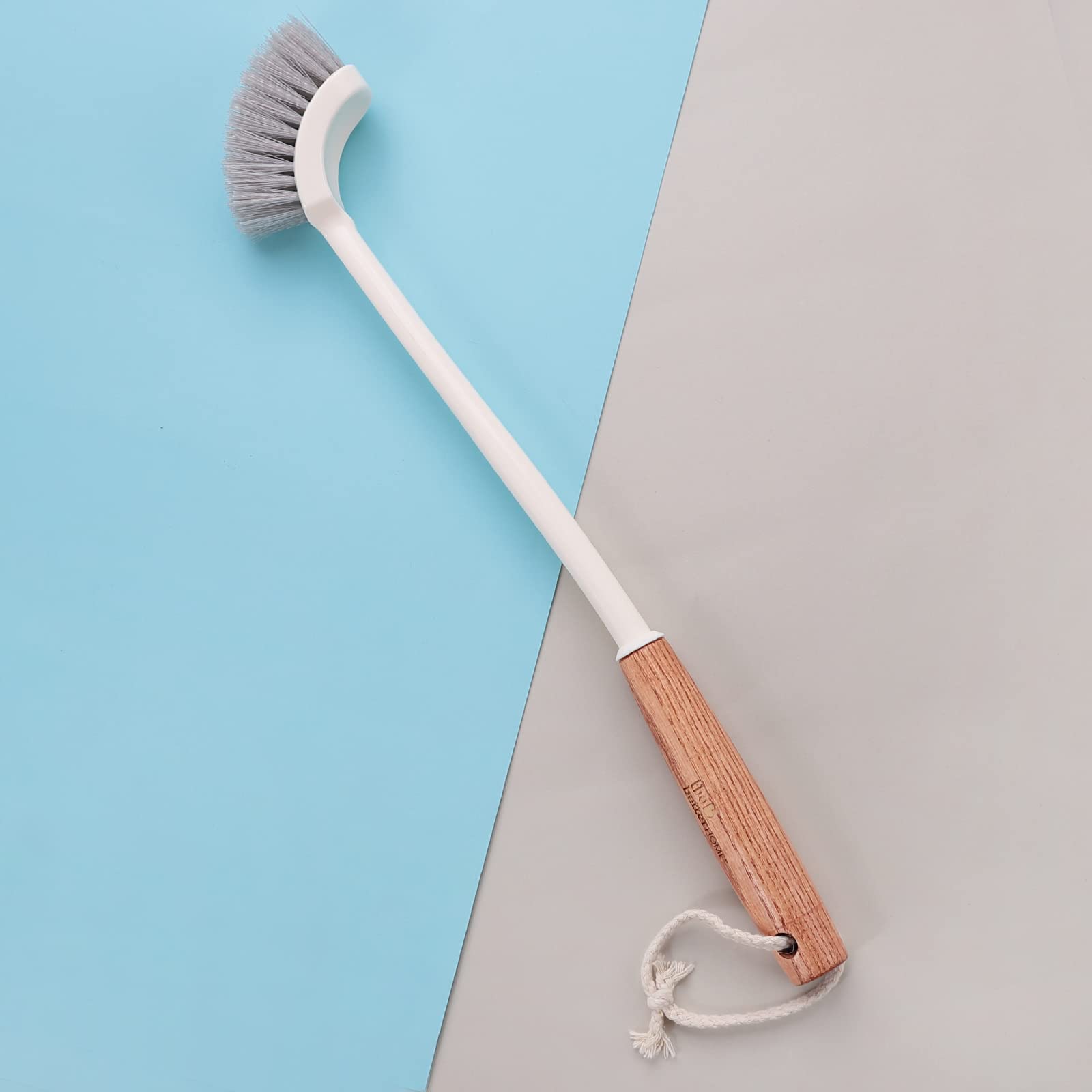
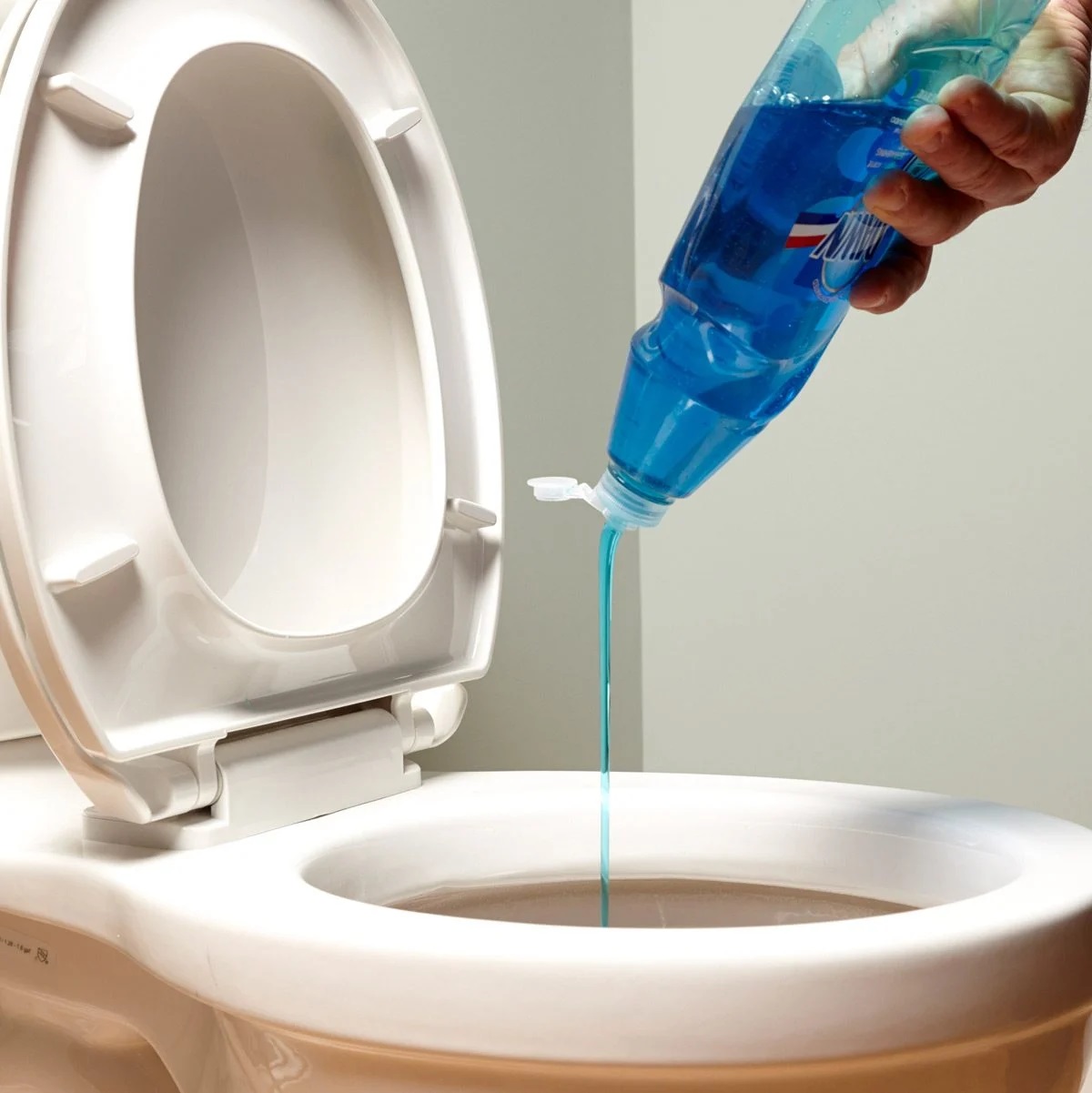
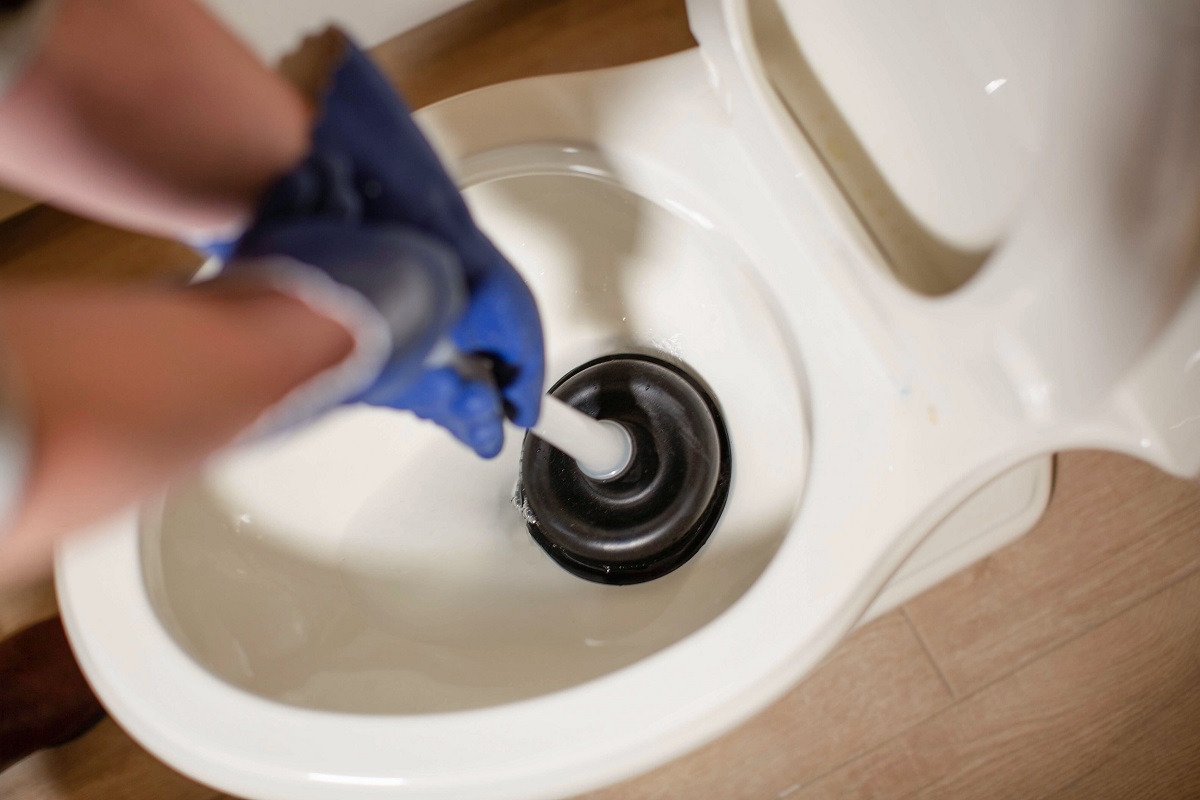
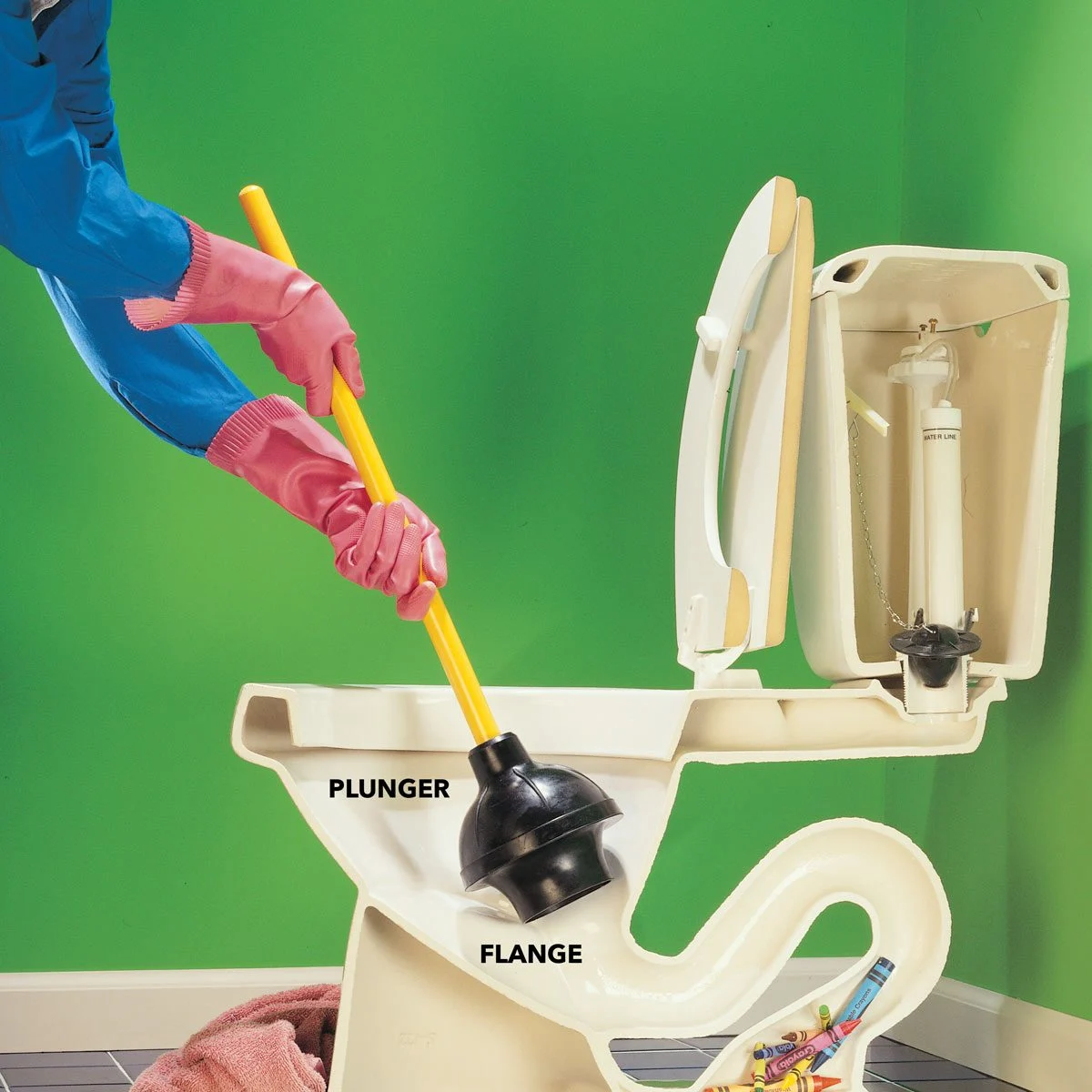
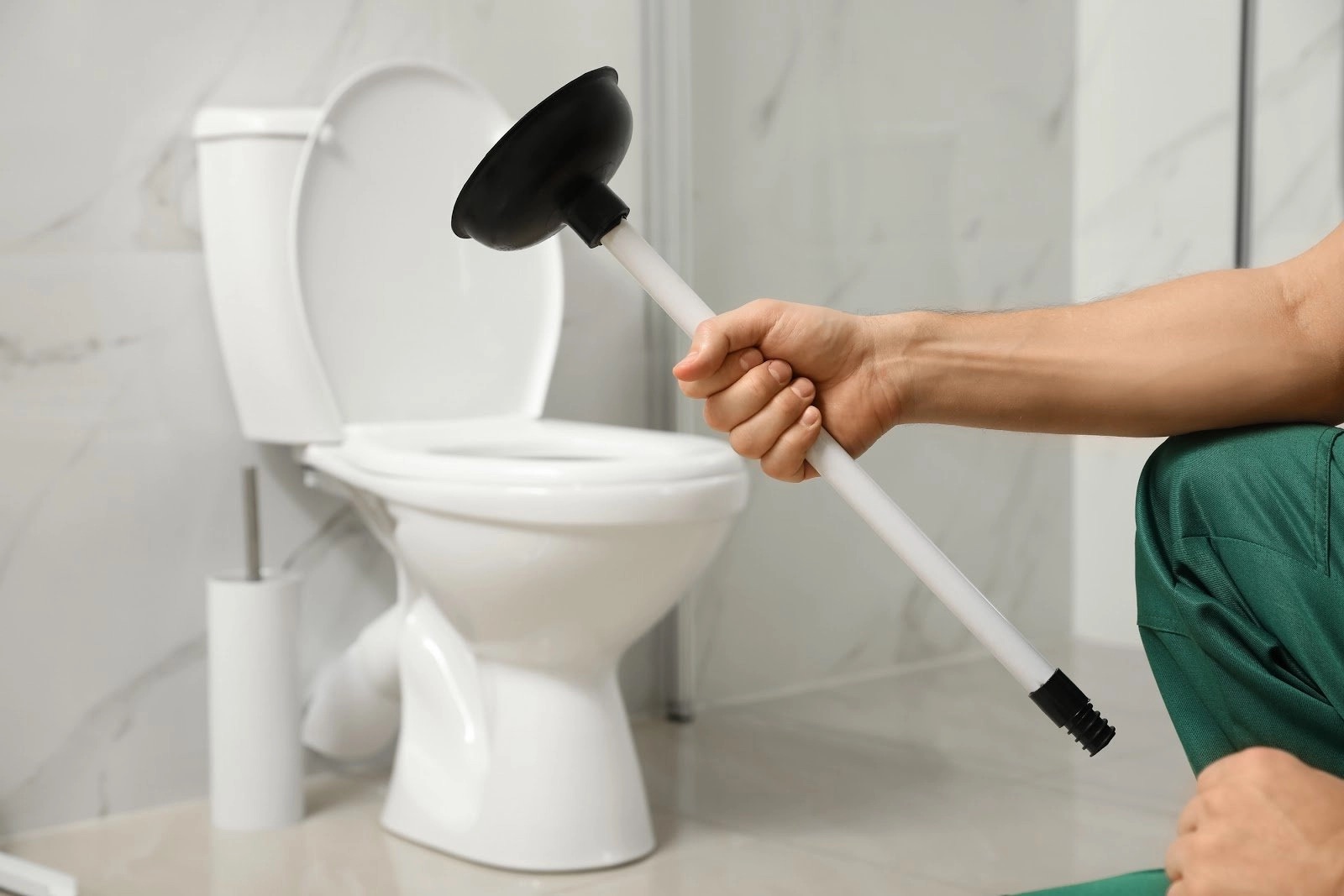
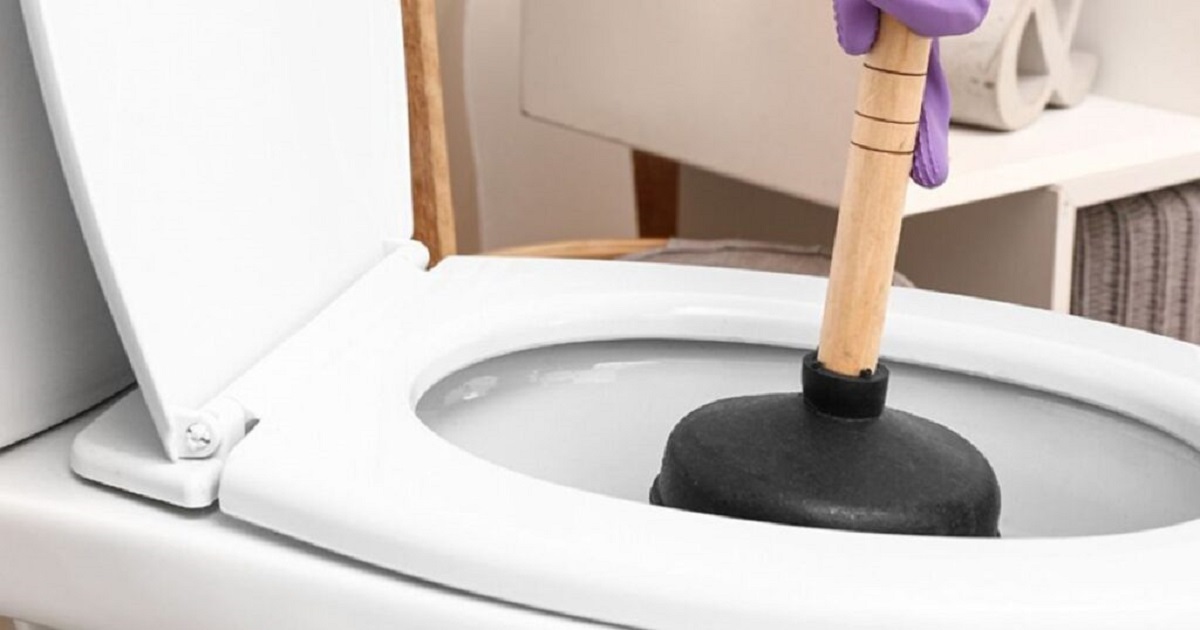
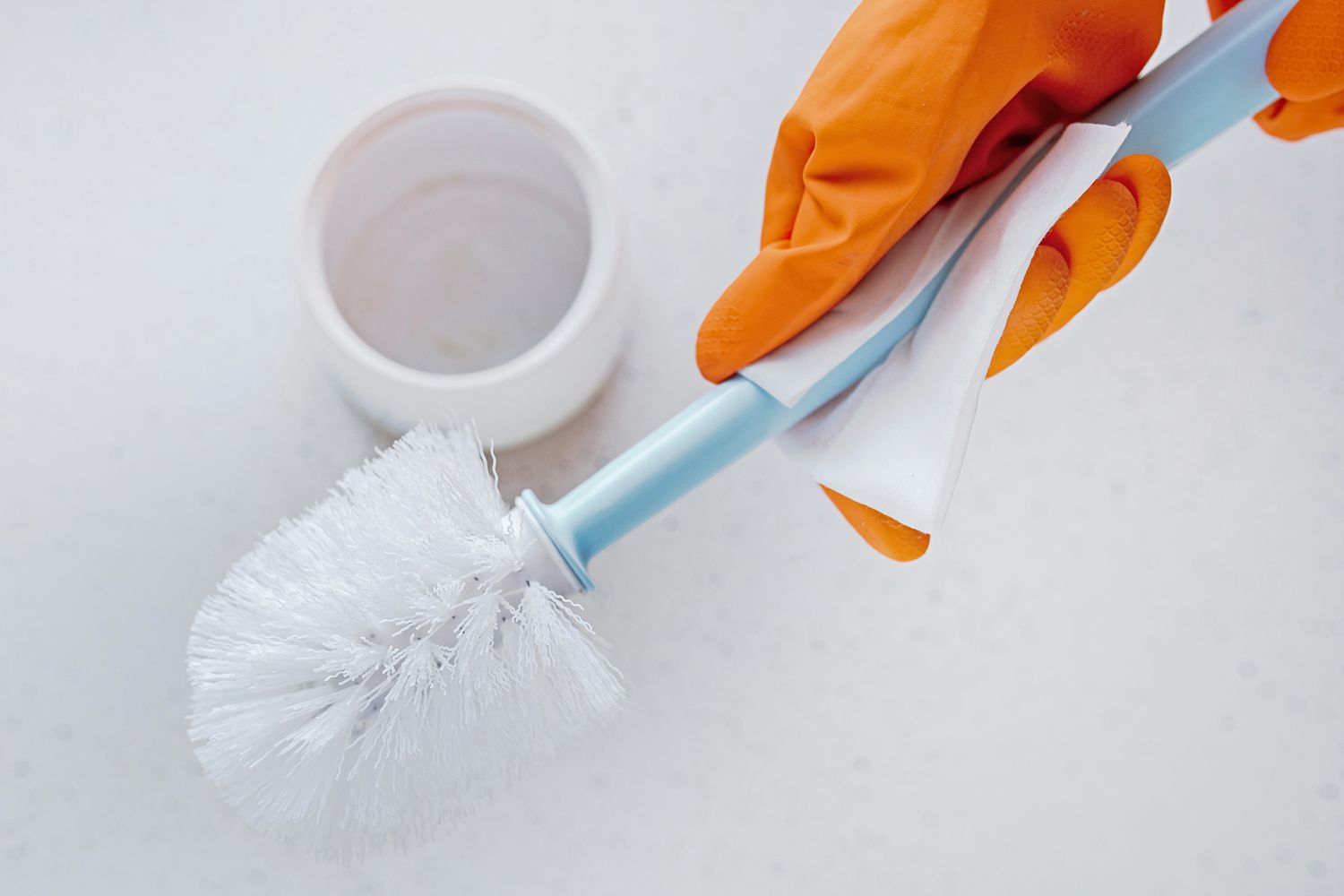
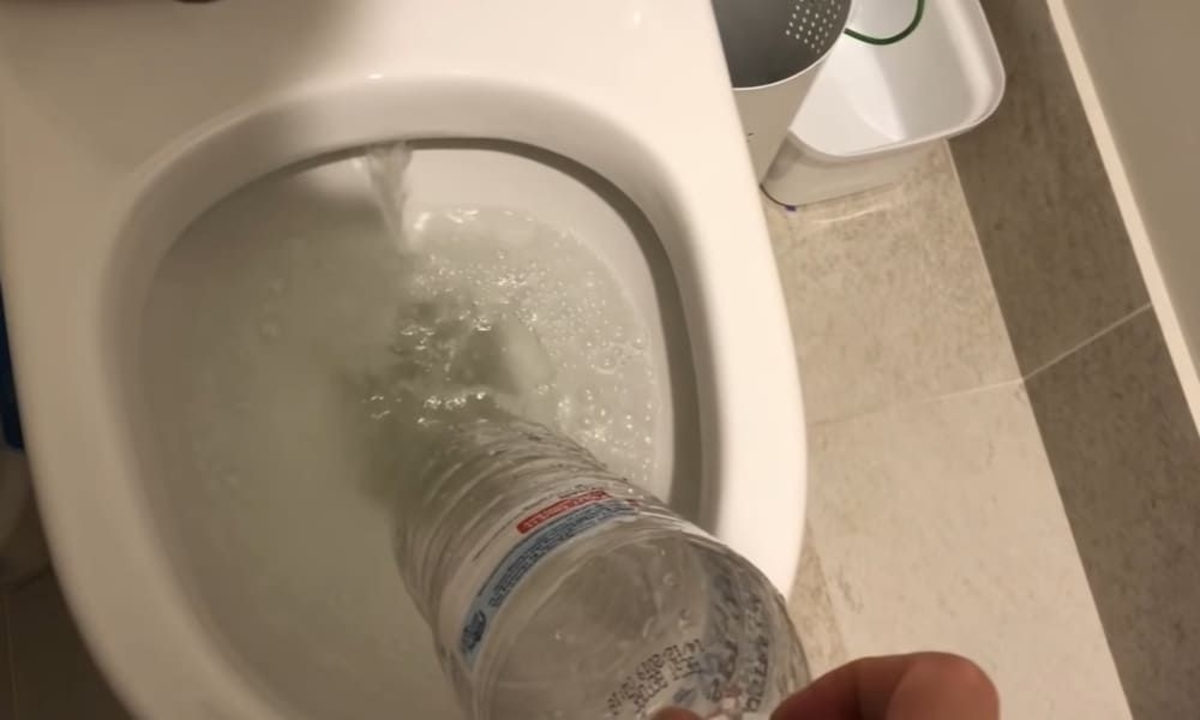
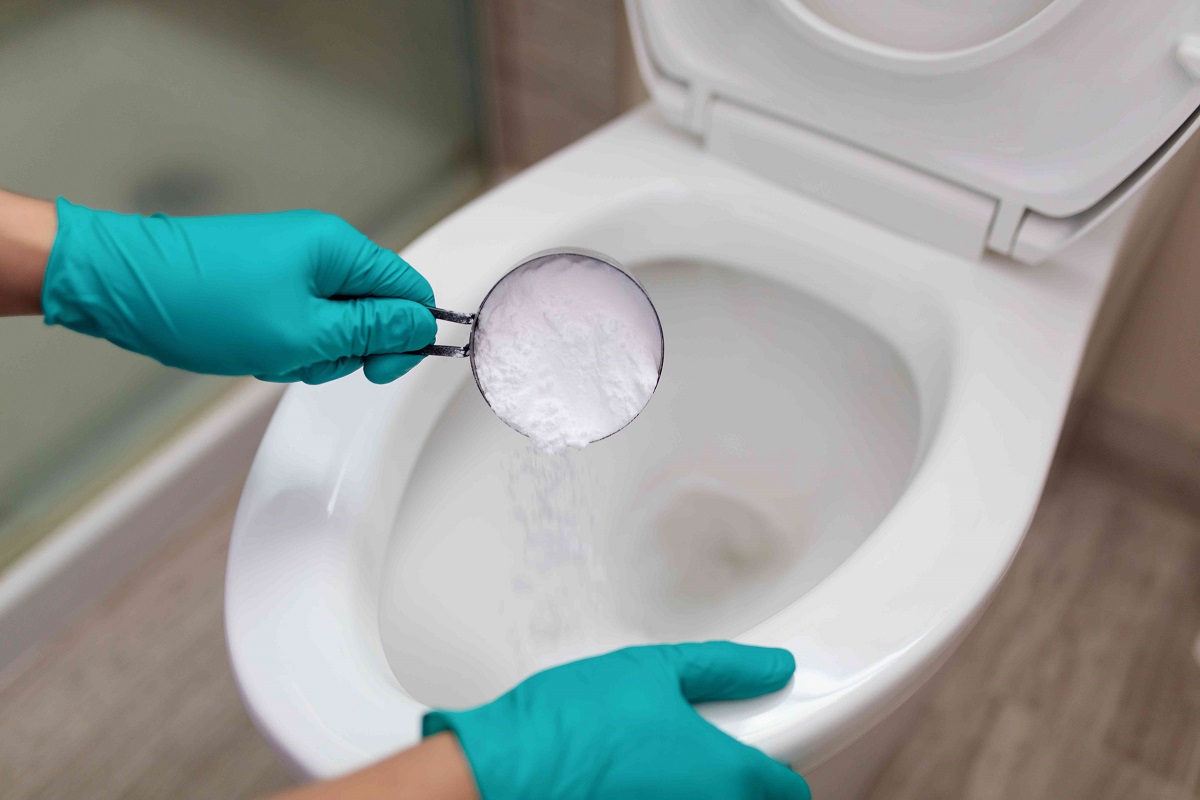
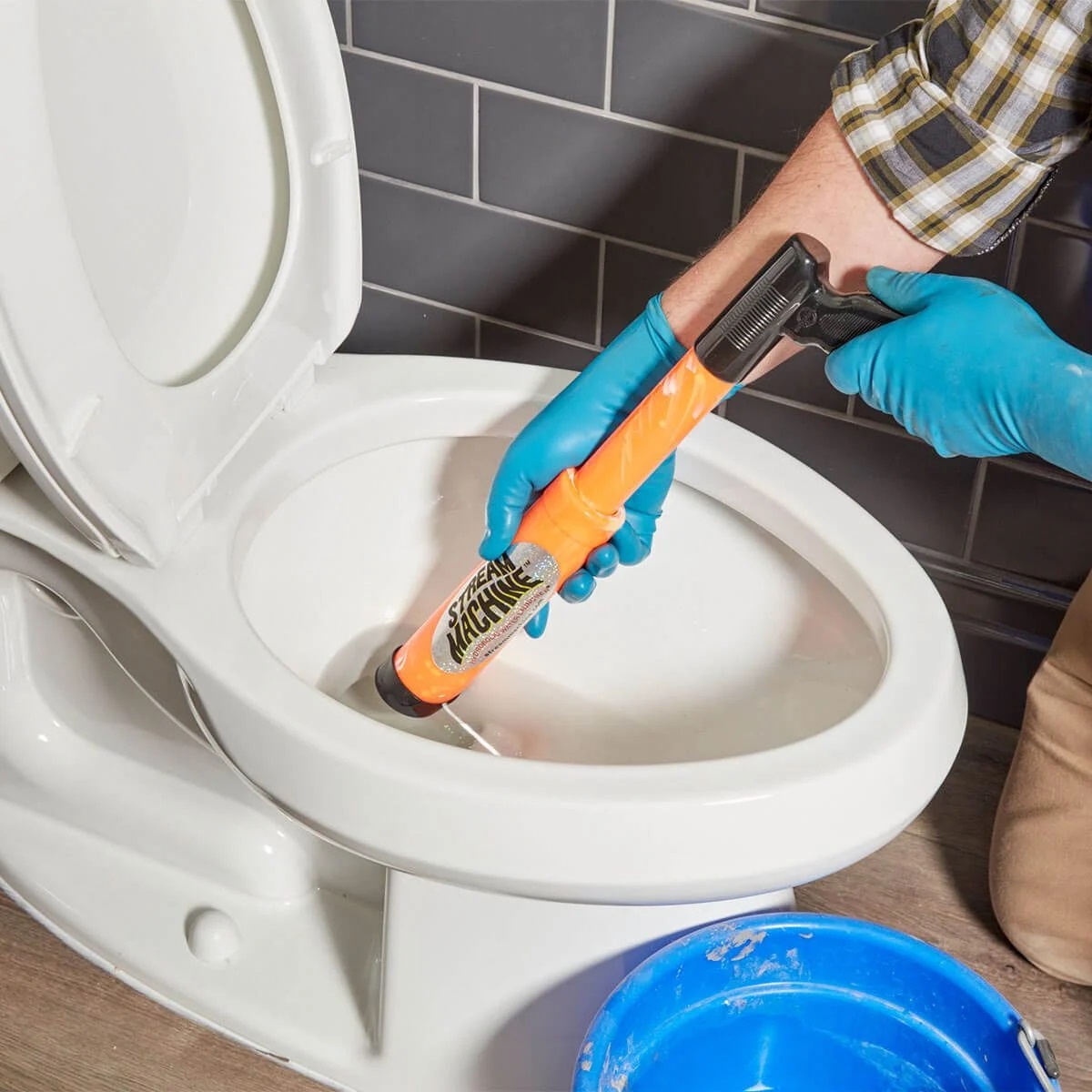
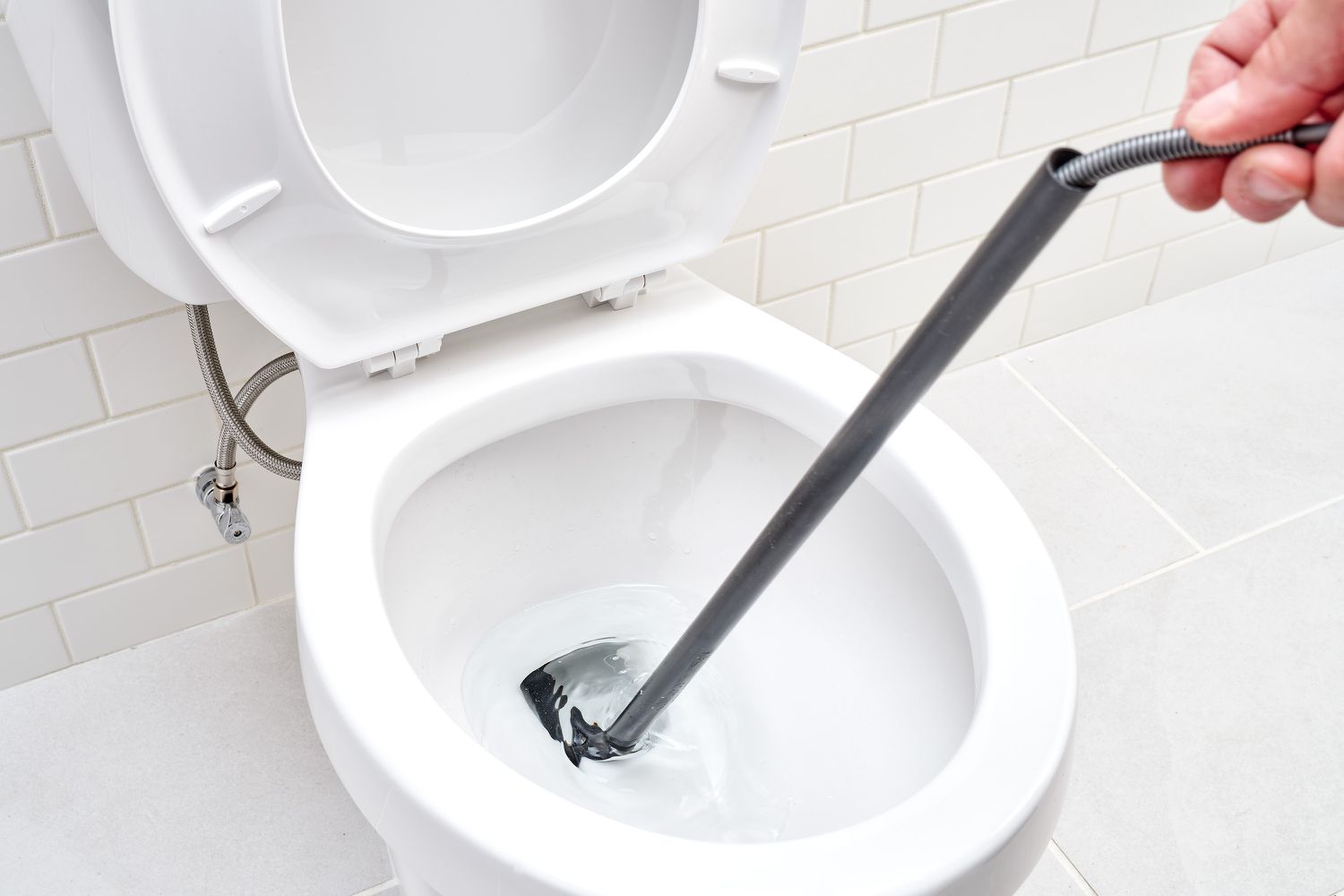
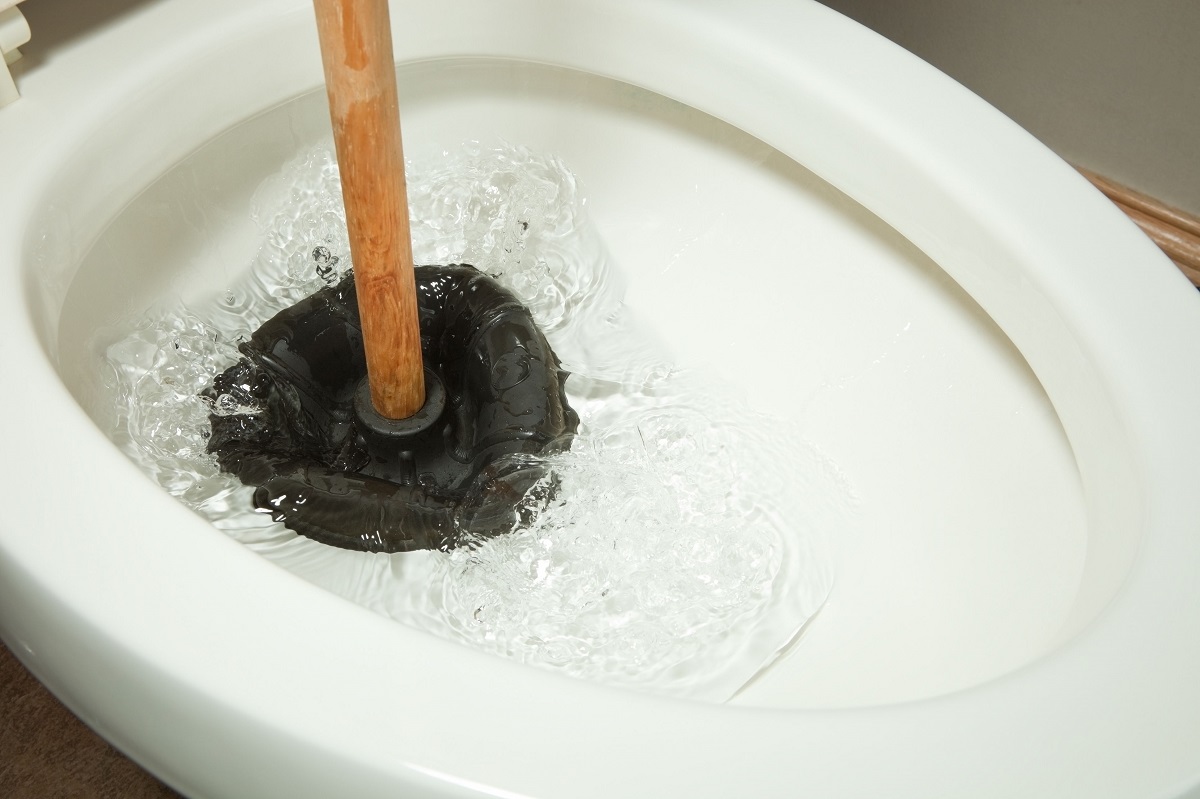
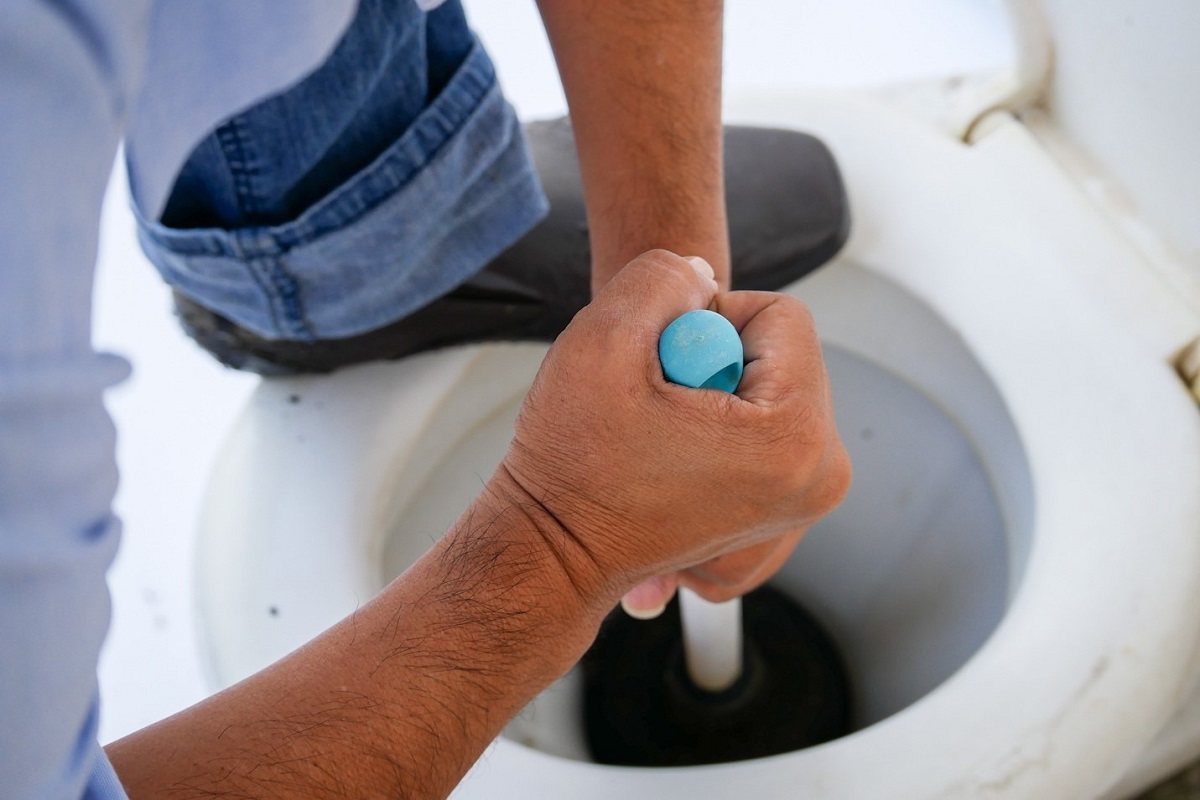
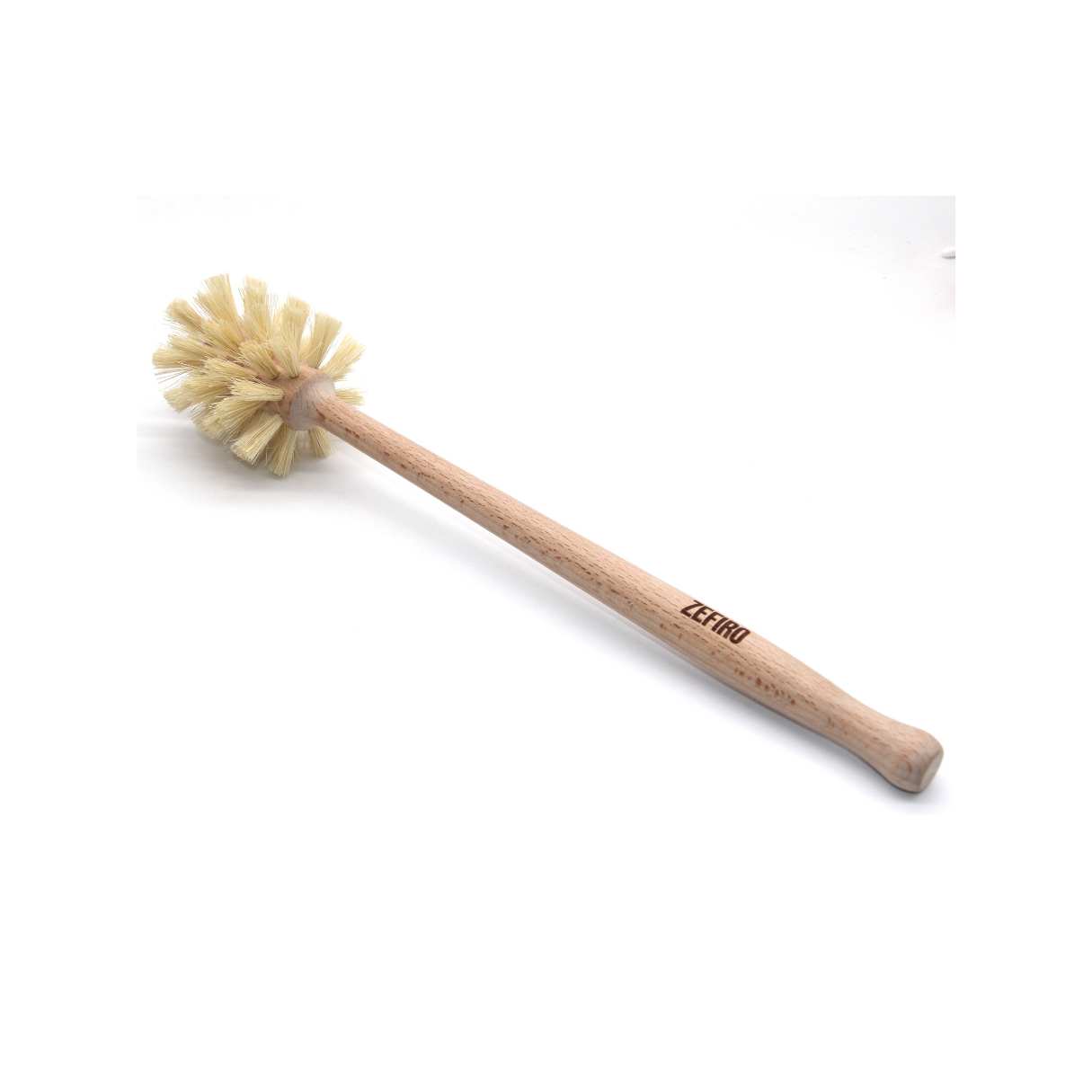

0 thoughts on “How To Use A Toilet Brush To Unclog A Toilet”